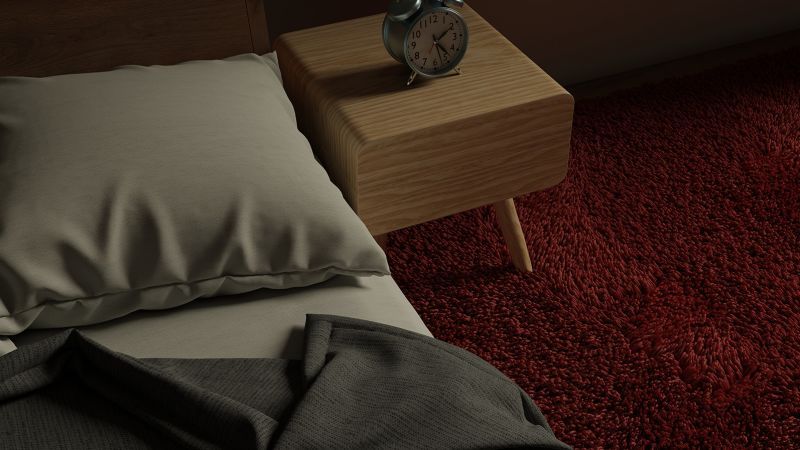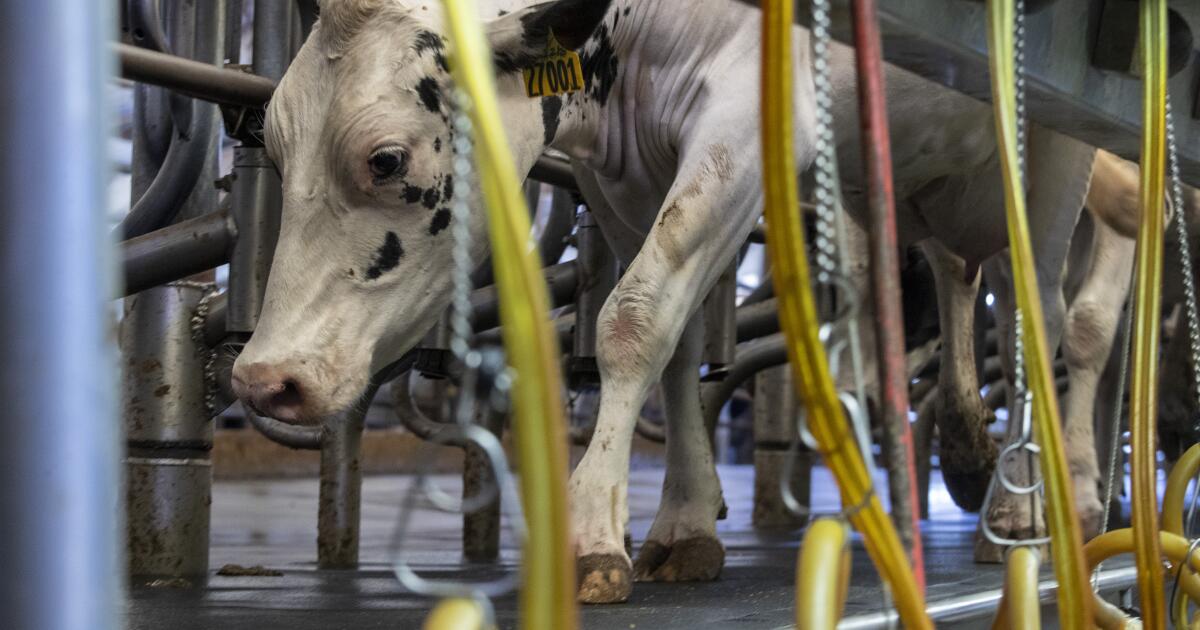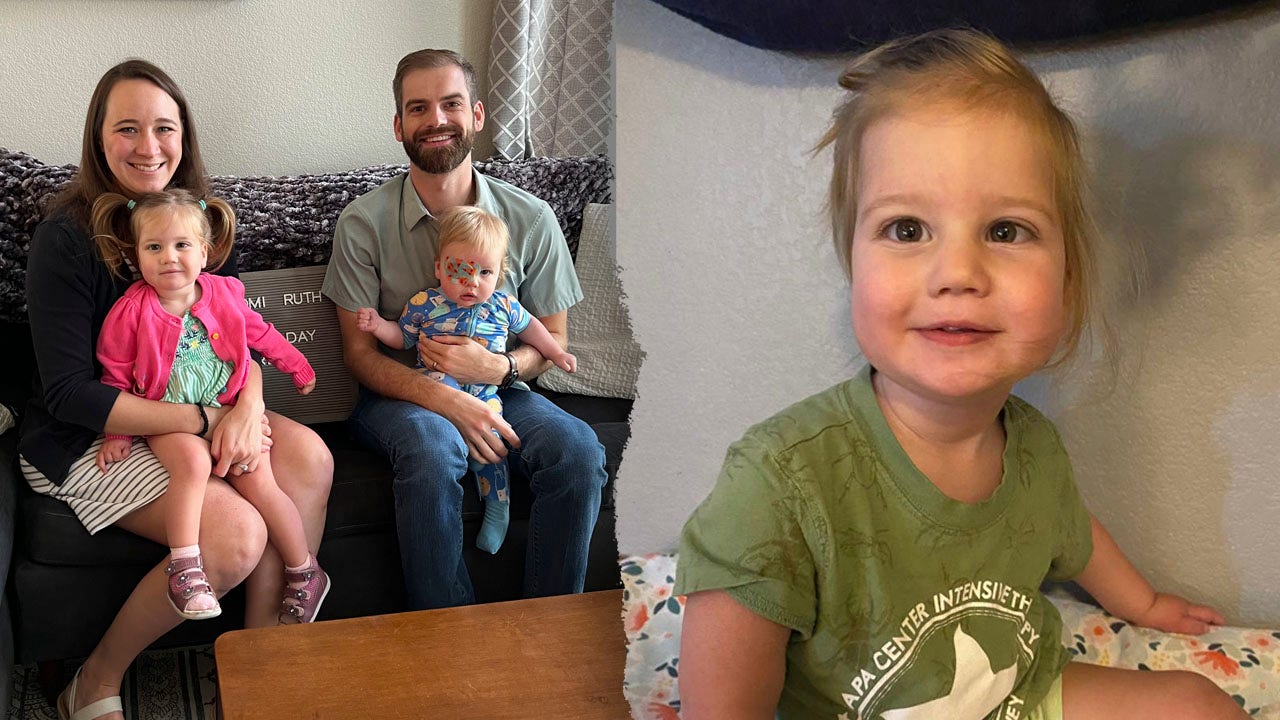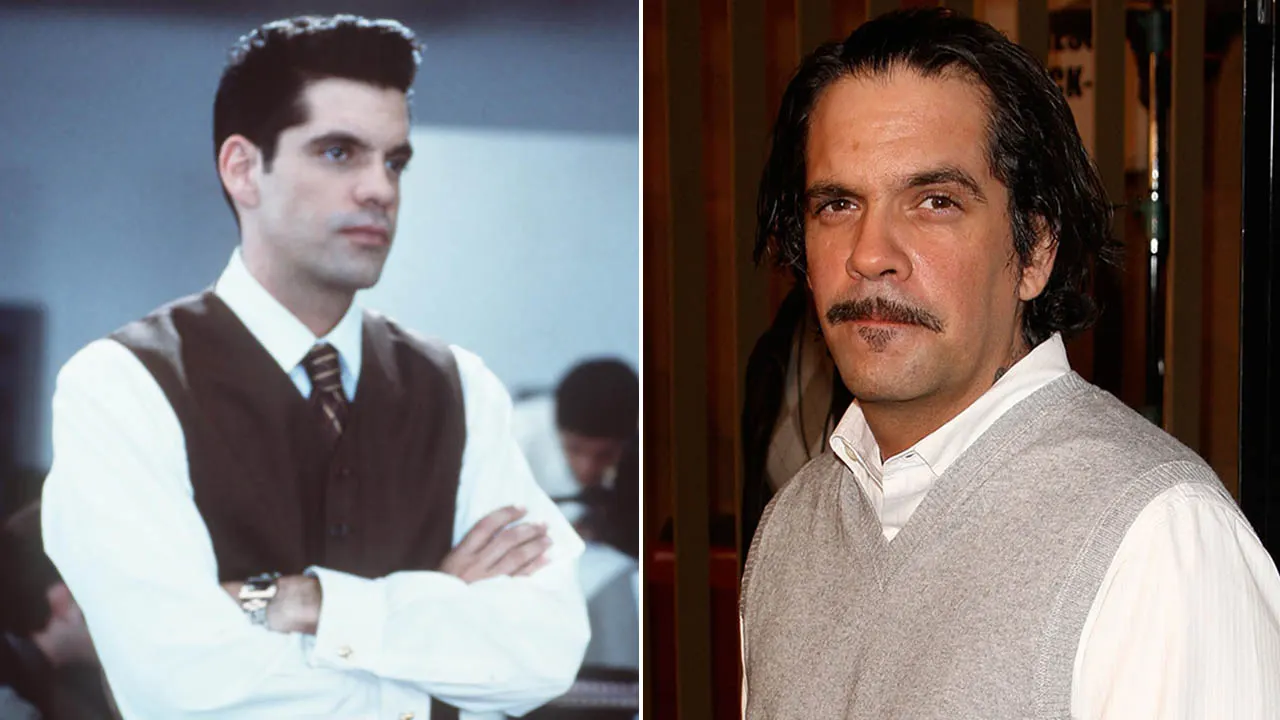Subscribe to CNN's Sleep, But Better newsletter series. Our The seven-part guide has helpful tips for better sleep.
cnn
—
It's almost time for the clocks to “go ahead” an hour and lose an hour of sleep.
On the second Sunday in March, at 2 a.m., clocks in most of the United States and many other countries move forward one hour and stay that way for almost eight months in what is called daylight saving time. On the first Sunday in November, at 2 a.m., clocks are turned back one hour from standard time.
The current March-November system that the United States follows began in 2007, but the concept of “saving electricity” is much older. Daylight saving time has its roots in train schedules, but was put into practice in Europe and the United States to save fuel and energy during World War I, according to the U.S. Department of Transportation's Bureau of Transportation Statistics.
Pro tip: It's daylight saving time, with the singular use of “save,” not “save.”
The United States maintained permanent daylight saving time for most of World War II. The idea was put into practice to conserve fuel and maintain the standard. When the war came to an end in 1945, Gallup asked respondents how we should tell time. Only 17% wanted to maintain what was then called “war time” throughout the year.
During the energy crisis of the 1970s, we tried permanent daylight saving time again in the winter of 1973-1974. The idea again was to save fuel. It was a popular measure at the time President Richard Nixon signed the law in January 1974. But by the end of the month, Florida's governor had called for the law to be repealed after eight schoolchildren were hit by cars in the dark. . Schools across the country delayed the start of classes until the sun came up.
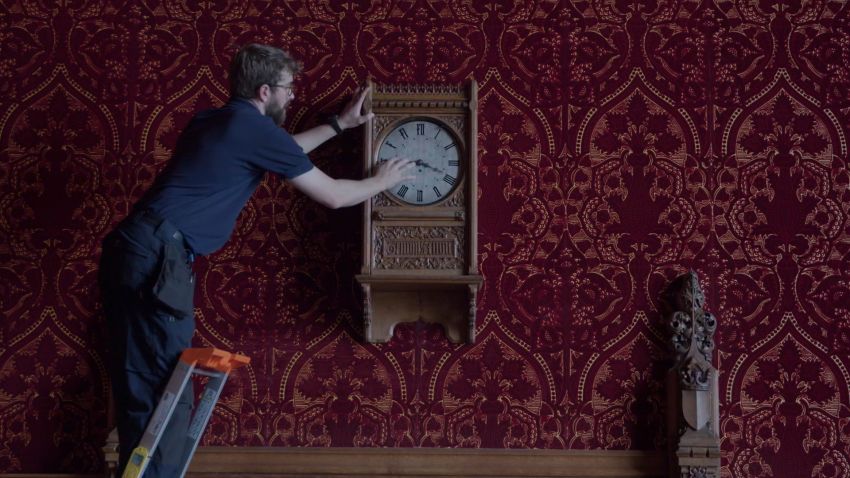
Daylight saving time ends: 2 men, 2,000 watches and 48 hours to change them all
By summer, public approval had plummeted, and in early October, Congress voted to return to standard time.
In the United States, states are not required by law to “go back” or “go forward.” Hawaii, most of Arizona, and some territories in the Pacific and Caribbean do not observe daylight saving time. The semiannual change is so irritating to lawmakers of all political stripes that the U.S. Senate passed legislation in March 2022 to make daylight saving time permanent. The bill passed by unanimous consent.
House lawmakers did not vote on the bill in 2022. On March 2, 2023, a dozen senators forming a bipartisan group reintroduced legislation that would end the clock change in favor of permanent daylight saving time. Rep. Vern Buchanan, R-Florida, introduced companion legislation to the Sunshine Protection Act in the House.
Studies over the past 25 years have shown that changing one hour disrupts body rhythms tuned to the Earth's rotation, fueling debate over whether having daylight saving time in any form is a good idea.
The point is that for every argument there is a counterargument. There are studies, for example, that show that we have more car accidents when people lose an extra hour of sleep. There are also studies that show that thefts decrease when there is an extra hour of sunlight at the end of the day. We also know that people have more heart attacks at the start of daylight saving time. But what about our mental health? People seem to be happier when there is an extra hour of light.
Of course, there's the economy, which pays for all that outdoor fun in the sun. Although energy savings were often raised as a reason for adopting daylight saving time, the energy savings are not much, if any.
Instead, the lobbying effort for daylight saving time came primarily from different sectors of the economy. In the mid-20th century, lobbyists in the recreational sports industry (think driving ranges) wanted more customers to come out after a day at the office. It is easier to do this when there is more light at the end of the day.
But the film industry didn't like daylight saving time. You're less likely to go to the movies when it's bright outside. Despite the myth, farmers didn't like it either because it made it difficult to get their food to market in the morning.
The bottom line: It's unclear whether having that extra hour of sunlight at the end of the day compared to the beginning is helpful. It just depends on who you are and what you want. And it doesn't look like daylight saving time in the US is going away anytime soon.

